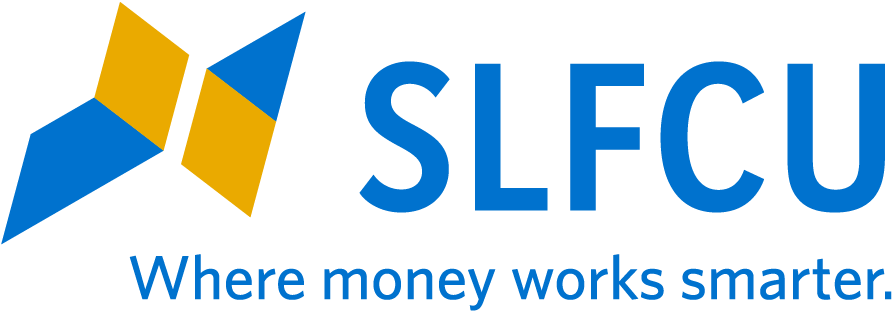Navigating Student Debt
If you are one of the 43 million Americans with a federal student loan, then you know that after more than three years, loan payments resume in October 2023. Don’t let the anxiety of high monthly payments keep you from making an informed decision on how to best proceed with your payments. Check out the following tips on how to take hold of your student loans and create a debt repayment plan.
REPAYMENT PLAN
One benefit of a federal student loan is being able to choose the repayment plan that works best for you. The most popular plans include:
- Standard repayment plan: A 10-year term, usually with higher monthly payments but with a shorter duration than other plans.
- Extended repayment plan: A longer-term plan for those with upwards of $30,000 in student loans outstanding.
- Graduated repayment plan: Typically a 10-year term with monthly payments increasing every two years. An option for those with a lower income who are expecting a higher income in the future.
- Income-driven repayment plan: A payment option based on your income.
Figuring out which repayment plan is right for you, or if you should switch repayment plans, will depend on several factors, such as how much you owe, your income, your loan term, and the type of federal loan. Learn more about federal student loan repayments here.
REFINANCING
Is your monthly loan payment higher than you anticipated? Depending on your situation, refinancing may be the right way to go. Refinancing through a private lender, such as SLFCU, could lower your interest rate and/or extend the repayment period, reducing your monthly payment.
Keep in mind that changing a federal loan into a private loan by refinancing could mean losing federal loan benefits such as repayment plans or deferment, and therefore may not be the right choice for you.
View SLFCU’s current interest rates here.
DEBT CONSOLIDATION
Juggling multiple student loans can be a lot to handle. If this sounds like you, you might consider consolidating your student loans (and other types of loans) into a single loan. Rather than trying to manage multiple monthly payments with different lenders, consolidating can allow you to organize them into one payment, which could help keep your stress in check. A debt consolidation loan can be a good choice if the interest rate is less than the combined rate on your existing loans. Make sure to look thoroughly at the pros and cons to determine whether it is right for you.
SLFCU CAN HELP
With the federal student loan payment freeze coming to an end, it is important to have a plan in mind to tackle your student loan debt. Choosing the right repayment plan and determining if refinancing or consolidating your debt is right for you, is a great way to get started. SLFCU is here to help you along the way. Click here for more information on student loan options at SLFCU.
« Return to "View All Articles"


